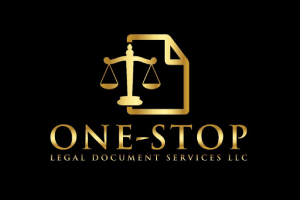Understanding a Motion to Dismiss in Legal Proceedings
Content:
A motion to dismiss is a request made by one party in a legal proceeding to have the case thrown out by the court, either before trial or during the trial itself. The party making the motion argues that there are legal grounds for dismissal that are sufficient to go against any further proceedings in the case.
There are several reasons why a motion to dismiss may be made. In some cases, the plaintiff may have failed to state a valid claim, meaning that the allegations made are not legally sufficient in themselves to support a lawsuit. In other cases, the defendant may argue that the court lacks subject matter jurisdiction, meaning that the court does not have the authority to hear the case.
A motion to dismiss may also be made on procedural grounds if the plaintiff has not followed the correct legal procedures to bring the case forward. Additionally, if a court finds that the lawsuit is frivolous, they may grant a motion to dismiss in order to prevent the waste of judicial resources.
Typically, a motion to dismiss is presented in writing by the defendant’s attorney and must be supported by legal arguments and evidence. The plaintiff may respond to the motion in writing as well, and a hearing may be held to allow both parties to argue their positions.
If a motion to dismiss is granted, the case is essentially over, and the plaintiff will not be allowed to proceed with their claim. However, if the motion is denied, the case will move forward, and both parties will continue with the litigation process.
Overall, a motion to dismiss can be a powerful tool for defendants and may be used in a variety of different legal scenarios. As a result, understanding how it works and the reasons why it may be made can be critical for anyone involved in a legal proceeding.


